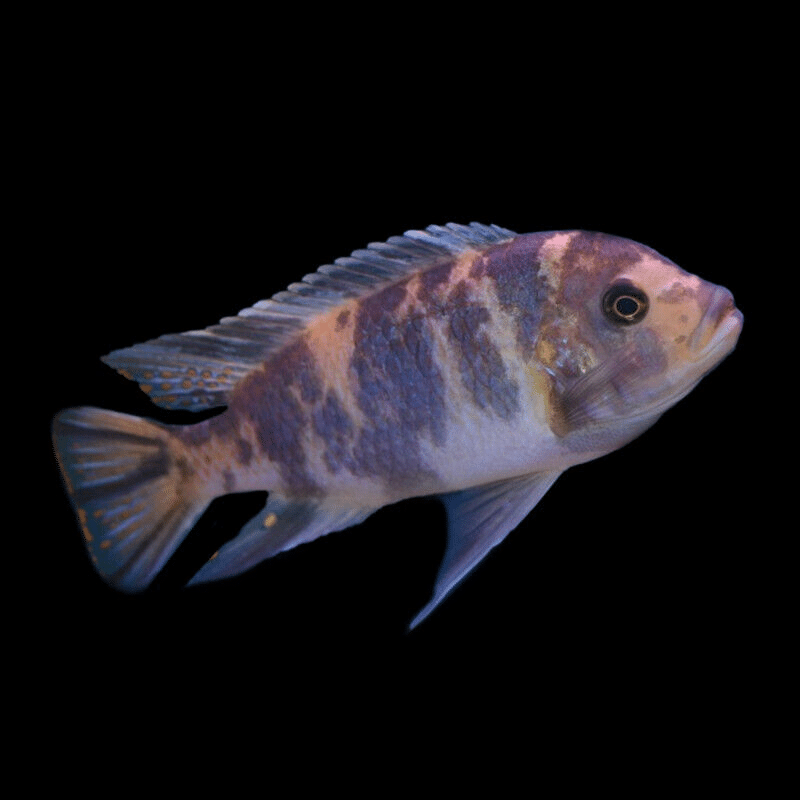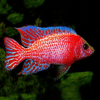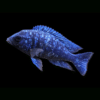To provide the best experiences, we use technologies like cookies to store and/or access device information. Consenting to these technologies will allow us to process data such as browsing behaviour or unique IDs on this site. Not consenting or withdrawing consent, may adversely affect certain features and functions.
The technical storage or access is strictly necessary for the legitimate purpose of enabling the use of a specific service explicitly requested by the subscriber or user, or for the sole purpose of carrying out the transmission of a communication over an electronic communications network.
The technical storage or access is necessary for the legitimate purpose of storing preferences that are not requested by the subscriber or user.
The technical storage or access that is used exclusively for statistical purposes.
The technical storage or access that is used exclusively for anonymous statistical purposes. Without a subpoena, voluntary compliance on the part of your Internet Service Provider, or additional records from a third party, information stored or retrieved for this purpose alone cannot usually be used to identify you.
The technical storage or access is required to create user profiles to send advertising, or to track the user on a website or across several websites for similar marketing purposes.















Emily Carter (verified owner) –
I recently added the Zebra Mbuna Cichlid – Maylandia Zebra «Blue OB Masinje» to my aquarium, and I couldn’t be happier! From the moment I introduced this stunning fish, their vibrant colors lit up the tank, creating such a lively environment. After about two weeks, I noticed how well they adapted; they were swimming around confidently and even started to interact with my other cichlids. It’s clear they thrive on a high-quality diet, so I’ve been giving them a nutritious flake and spirulina-based food, which they absolutely love.
Having kept several types of aquarium fish, I can confidently say the Zebra Mbuna is one of the most entertaining and active species I’ve encountered. They have a playful personality that keeps me coming back to watch them. Compared to other Malawi cichlids I’ve tried, they are less aggressive and seem to coexist beautifully with my community tank setup.
However, I did notice that they can be a bit territorial during breeding season, so just a heads up if you’re considering introducing them to a mixed-species tank. Overall, I highly recommend these fish for anyone looking to add life and color to their aquariums. They’re perfect for both seasoned hobbyists and those new to the world of cichlids. I would definitely purchase again!